Morocco captivates travelers with its vibrant medinas, stunning desert landscapes, ancient architecture, and rich cultural heritage. From the bustling streets of Marrakech to the blue-washed buildings of Chefchaouen, this North African gem offers experiences that will stay with you long after your journey ends. Whether you’re seeking adventure in the Sahara, relaxation in coastal towns, or immersion in historic cities, the 10 best places to visit in Morocco promise unforgettable memories without breaking the bank.
This guide takes you through Morocco’s most captivating destinations, recommends affordable tours that showcase authentic experiences, and reveals unique Airbnb stays in Marrakech that range from budget-friendly to luxurious. Let’s embark on a Moroccan adventure that combines cultural richness with practical travel advice for every budget.
Why Morocco Should Be Your Next Adventure
Morocco offers a perfect blend of exotic experiences and accessibility that few destinations can match. Just a short flight from Europe yet worlds apart culturally, this North African kingdom delivers on every traveler’s wishlist: breathtaking landscapes, architectural marvels, mouthwatering cuisine, and warm hospitality.
What makes Morocco truly special is its remarkable diversity. Within a single trip, you can wander through medieval medinas, trek in the High Atlas Mountains, ride camels across golden sand dunes, and relax on Atlantic beaches. The country’s rich history has created a fascinating cultural tapestry where Berber, Arab, European, and African influences merge seamlessly.
Morocco also offers exceptional value for money compared to many popular destinations. From affordable street food to reasonably priced accommodations, your travel budget stretches further here without compromising on authentic experiences. The country’s well-developed tourism infrastructure makes independent travel straightforward, while guided tours provide deeper cultural insights at competitive prices.
Ready to Experience Morocco’s Magic?
Start planning your Moroccan adventure today with expertly guided tours that showcase the country’s highlights while respecting your budget.
Best Time to Visit Morocco
Morocco enjoys a diverse climate that varies significantly by region. The ideal time to visit depends on your planned destinations and activities. Generally, spring (March to May) and fall (September to November) offer the most pleasant weather nationwide, with comfortable temperatures for exploring cities and outdoor adventures.
Spring (March-May)
Spring brings mild temperatures and blooming landscapes across the country. The desert is comfortable for camel treks, mountain trails are accessible, and cities aren’t yet sweltering. This season is perfect for photography and outdoor activities.
Fall (September-November)
Fall mirrors spring’s pleasant conditions after summer’s intense heat subsides. The Atlantic coast enjoys warm beach days, while inland areas cool to comfortable exploring temperatures. This period also offers excellent value as it falls outside peak tourist season.
Summer (June-August)
Coastal regions like Essaouira and Agadir remain pleasant during summer, making them popular escapes. However, inland cities like Marrakech and Fes can reach scorching temperatures above 100°F (38°C). The Sahara becomes extremely hot, with daytime visits inadvisable.
Winter (December-February)
Winter brings mild temperatures to coastal areas and cities, though nights can be chilly. The Atlas Mountains often receive snow, creating beautiful landscapes and opportunities for skiing. This is an excellent time for city exploration and photography with fewer tourists.
Pro Tip: If visiting during Ramadan (dates vary yearly), be aware that some restaurants and attractions may have limited hours, but experiencing this important cultural period offers unique insights into Moroccan life.
10 Best Places to Visit in Morocco
1. Marrakech: The Red City
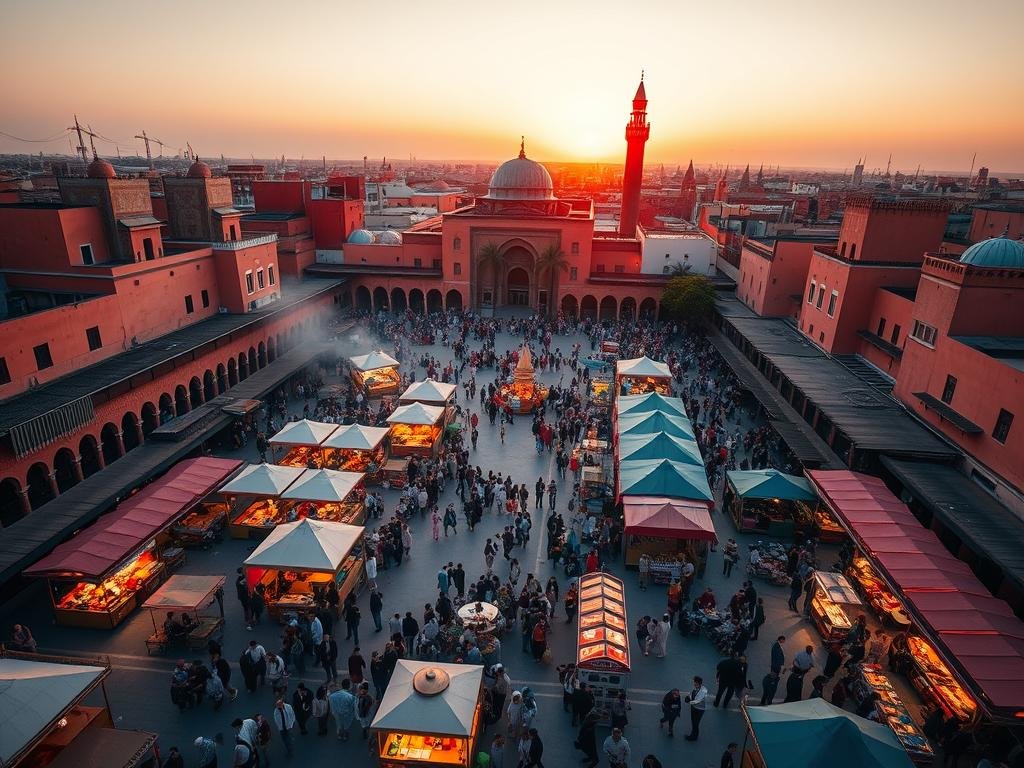
Marrakech pulses with energy and serves as the perfect introduction to Morocco. The heart of the city is Jemaa el-Fna, a UNESCO-recognized square that transforms throughout the day from a tranquil morning gathering place to an evening carnival of food stalls, storytellers, musicians, and snake charmers.
Lose yourself in the labyrinthine souks where artisans craft everything from intricate lanterns to handwoven carpets. Don’t miss architectural treasures like the ornate Bahia Palace, the historic Ben Youssef Madrasa, and the Koutoubia Mosque with its iconic minaret. For a peaceful escape from the medina’s intensity, visit the Majorelle Garden, a stunning botanical oasis once owned by Yves Saint Laurent.
Budget Tip: Many major sites in Marrakech offer combination tickets that save money if you plan to visit multiple attractions. The Bahia Palace and El Badi Palace combo is particularly good value.
2. Chefchaouen: The Blue Pearl
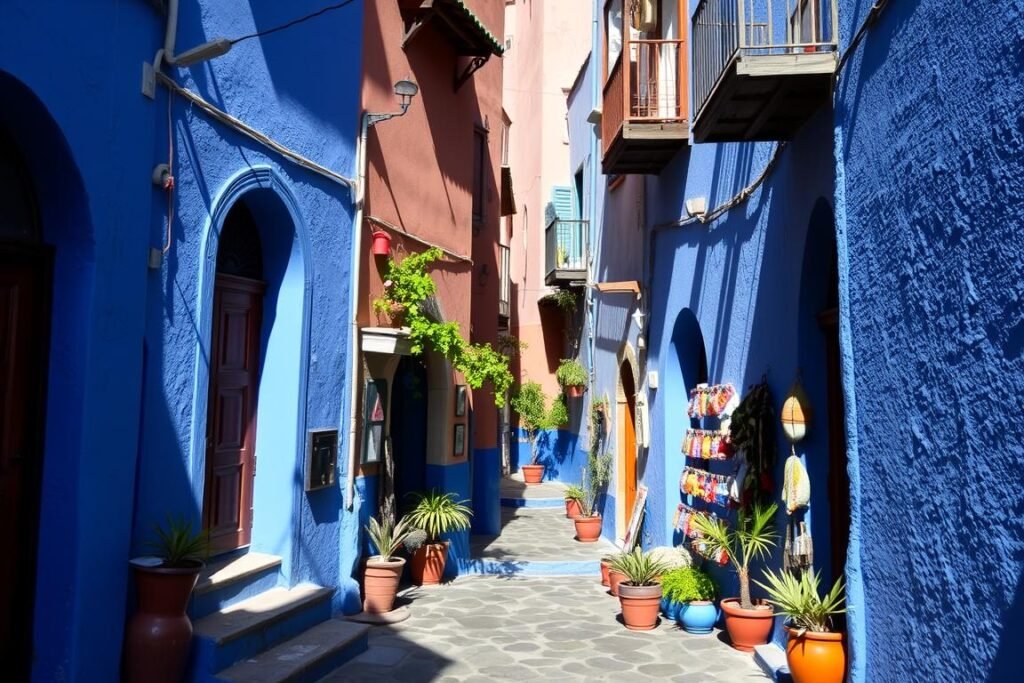
Nestled in the Rif Mountains, Chefchaouen enchants visitors with its distinctive blue-washed buildings that create a dreamlike atmosphere. This photogenic mountain town offers a more relaxed pace than Morocco’s imperial cities, making it perfect for wandering and photography.
Explore the compact medina with its winding lanes, browse local handicrafts (particularly the region’s distinctive wool garments), or hike to the Spanish Mosque for panoramic sunset views over the blue city. The main square, Plaza Uta el-Hammam, offers charming cafés where you can enjoy mint tea while watching daily life unfold beneath the kasbah’s watchful walls.
Budget Tip: Chefchaouen is one of Morocco’s more affordable destinations for accommodations. Stay an extra night to experience both the vibrant daytime colors and the magical evening atmosphere when the streets empty of day-trippers.
3. Fes: The Cultural Capital
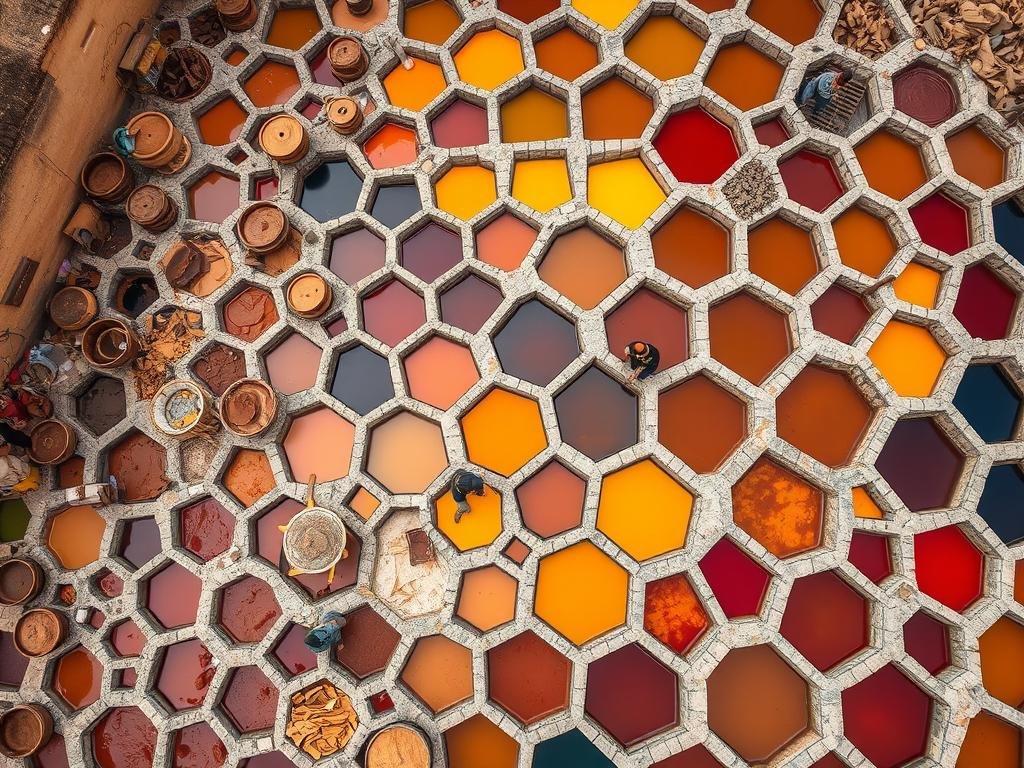
Fes boasts the world’s largest car-free urban area and most complete medieval city. Its UNESCO-protected medina, Fes el-Bali, contains over 9,000 narrow streets and alleyways where artisans practice crafts using techniques unchanged for centuries. The sensory experience is unparalleled—the calls of merchants, scents of spices, and sights of intricate architecture create total immersion in Moroccan culture.
Essential experiences include visiting the famous Chouara Tanneries (best viewed from surrounding leather shops), exploring the 9th-century University of Al-Qarawiyyin (the world’s oldest continuously operating university), and admiring the exquisite Bou Inania Madrasa with its stunning zellige tilework. The Mellah (Jewish Quarter) offers insight into Morocco’s diverse religious heritage.
Budget Tip: Hire a certified local guide for at least half a day when you first arrive. While it’s an upfront cost (around $25-30), they’ll help you navigate the complex medina efficiently and prevent getting lost or led astray by unofficial “guides.”
4. Sahara Desert: Merzouga and Erg Chebbi

No Morocco itinerary is complete without experiencing the magical Sahara Desert. The towering dunes of Erg Chebbi near Merzouga offer the quintessential desert experience—golden sands stretching to the horizon, starlit nights of unparalleled clarity, and the timeless rhythm of desert life.
The classic desert experience involves a camel trek to a Berber camp, where you’ll enjoy traditional music around a campfire before sleeping in a nomad tent beneath the stars. More adventurous travelers can try sandboarding down the dunes or 4×4 excursions deeper into the desert. For a cultural dimension, visit with Gnawa musicians in Khamlia village or the nomadic families who still call this harsh landscape home.
Budget Tip: While desert excursions aren’t the cheapest activity in Morocco, you can find good value by booking directly with operators in Merzouga rather than through agencies in major cities. Basic overnight experiences start around $40-50 per person.
5. Essaouira: The Windy City
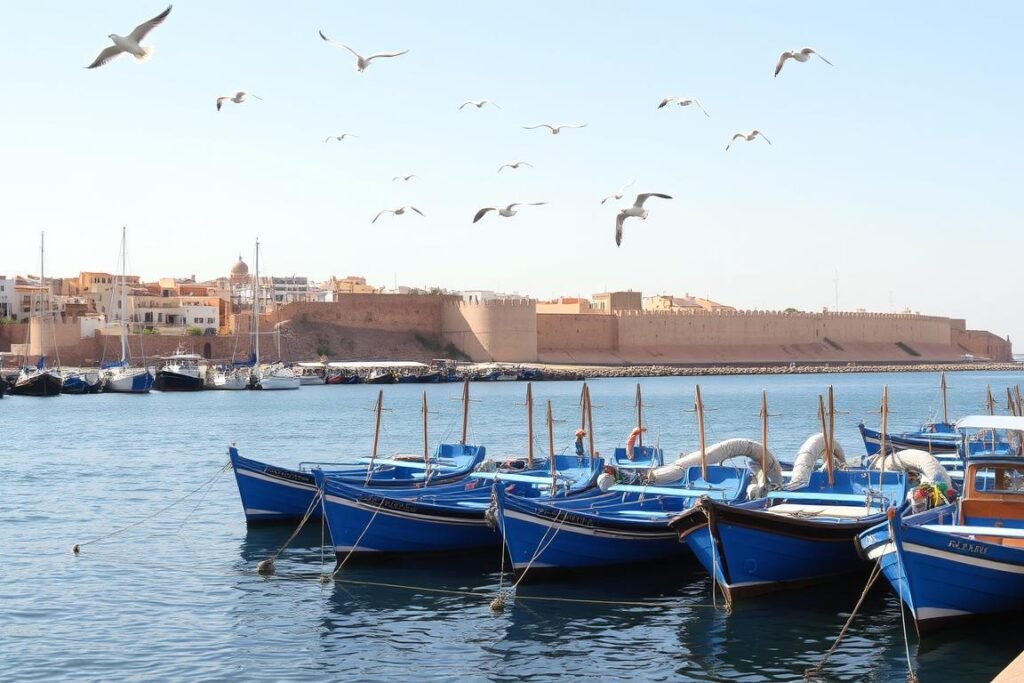
This laid-back coastal town offers a refreshing contrast to Morocco’s imperial cities. Protected by 18th-century ramparts (which Game of Thrones fans might recognize), Essaouira combines a working fishing port, historic medina, and broad Atlantic beaches into one charming package.
Wander the whitewashed medina with its art galleries and boutiques, watch fishermen auction their daily catch at the bustling port, or stroll along the beach where strong trade winds make this a world-class windsurfing and kitesurfing destination. The relaxed atmosphere and excellent seafood restaurants make Essaouira perfect for unwinding after the intensity of Marrakech or Fes.
Budget Tip: For an authentic and affordable seafood experience, skip the tourist restaurants and head to the port’s grilling stations where you can select fresh fish and have it cooked on the spot for a fraction of restaurant prices.
6. High Atlas Mountains
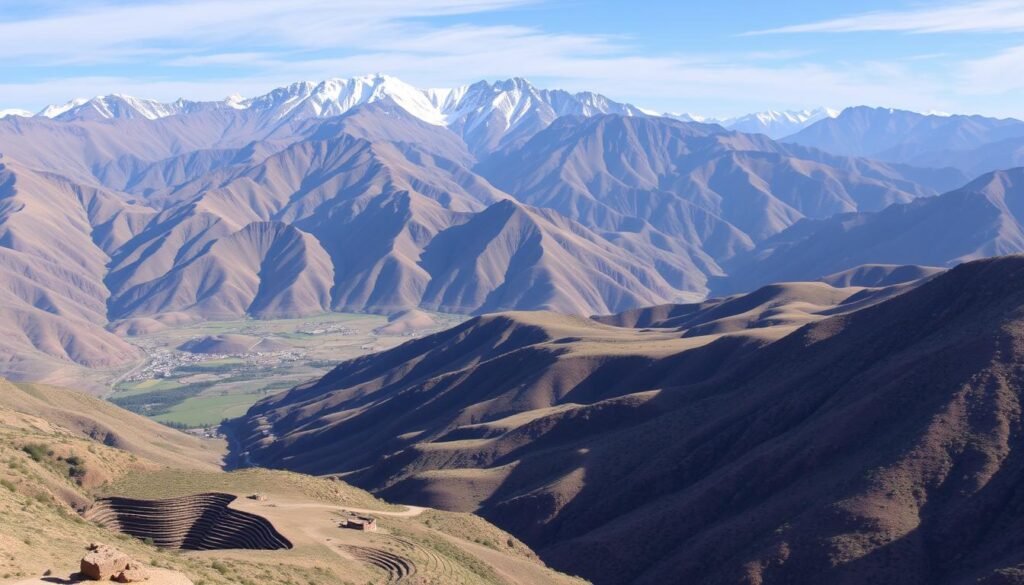
Rising dramatically between Marrakech and the Sahara, the High Atlas Mountains offer spectacular trekking opportunities and insights into traditional Berber culture. Mount Toubkal, North Africa’s highest peak at 13,671 feet (4,167 meters), attracts serious hikers, but numerous trails cater to all experience levels.
The Ourika Valley provides an accessible taste of mountain life, while more remote areas like the Ait Bougmez Valley (called Morocco’s “Happy Valley” for its fertile lands) showcase traditional mud-brick villages and agricultural terraces that have remained unchanged for centuries. Throughout the region, you’ll encounter genuine Berber hospitality in small guesthouses and the opportunity to experience rural Moroccan life.
Budget Tip: Consider a day trip from Marrakech to the Ourika Valley if time is limited. For deeper exploration, the village of Imlil serves as an affordable base for High Atlas adventures, with basic accommodations starting around $25 per night.
7. Casablanca: Morocco’s Modern Face
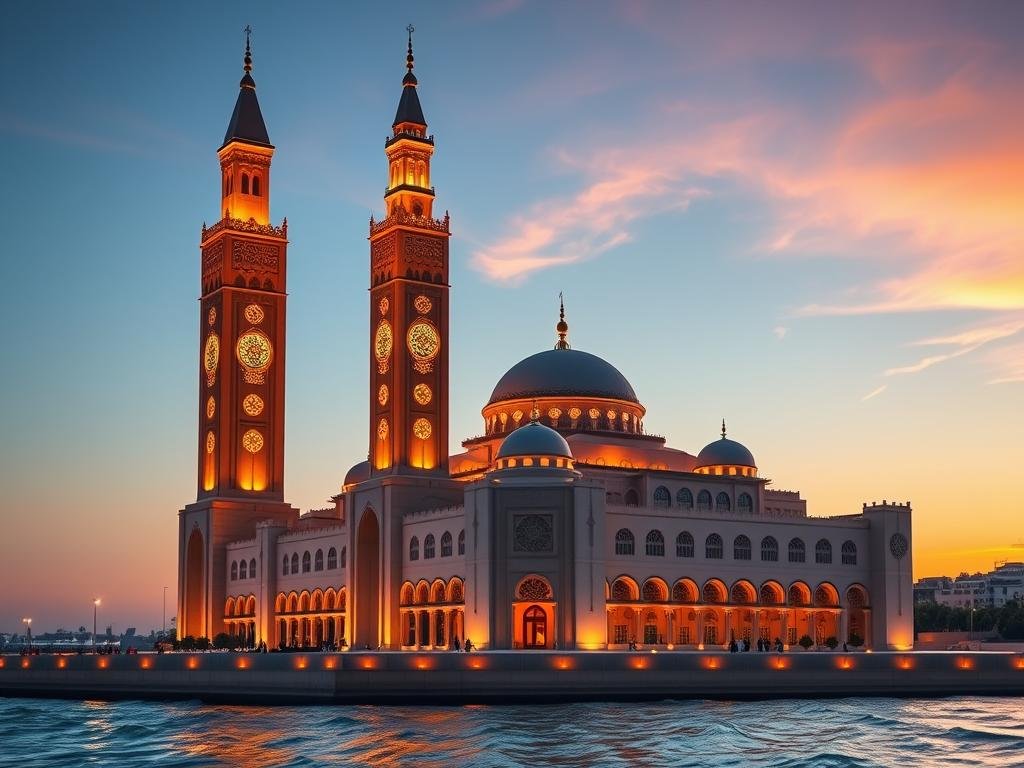
While less atmospheric than Morocco’s ancient imperial cities, Casablanca represents the country’s economic heart and modern aspirations. The undisputed highlight is the Hassan II Mosque, one of the few mosques in Morocco open to non-Muslims. This architectural masterpiece features the world’s tallest minaret and intricate craftsmanship throughout its vast prayer hall that extends partially over the Atlantic Ocean.
Beyond the mosque, explore the city’s Art Deco architecture in the Habous Quarter, stroll along the Corniche waterfront, or experience contemporary Moroccan life at the Morocco Mall. Casablanca also offers some of the country’s best dining and nightlife options, from traditional Moroccan cuisine to international restaurants and lively bars.
Budget Tip: If arriving in Morocco through Casablanca’s international airport, consider spending just one day exploring the city before moving on to more atmospheric destinations. The Hassan II Mosque guided tour (around $12) is worth every dirham.
8. Rabat: The Elegant Capital
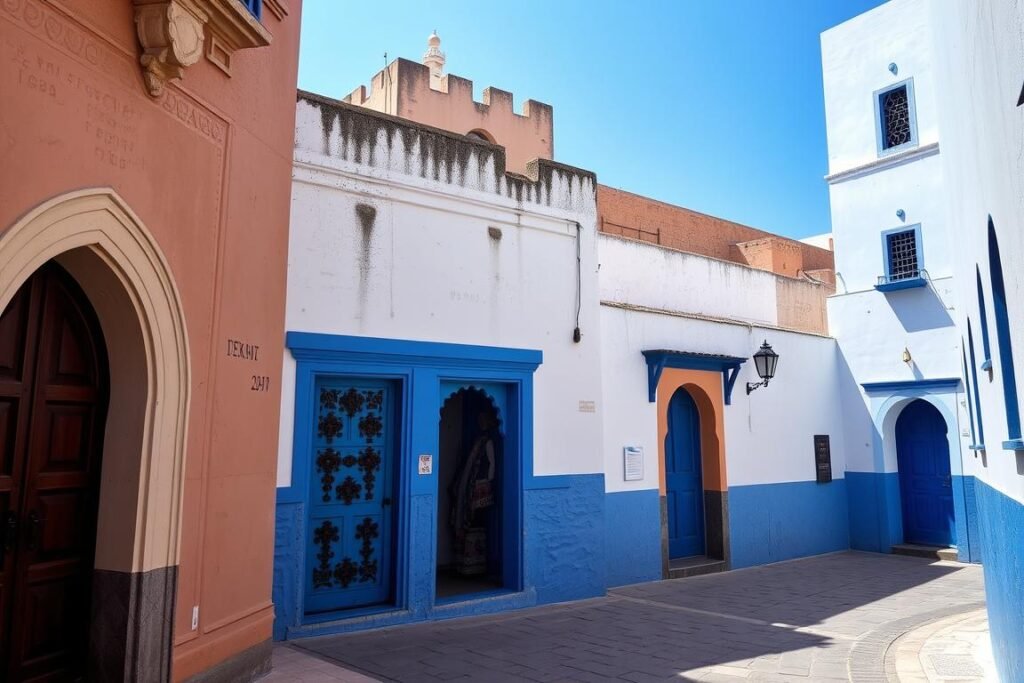
Morocco’s capital combines administrative importance with surprising charm and a more relaxed atmosphere than other major cities. The UNESCO-listed medina is compact and hassle-free, making it ideal for visitors who find Marrakech or Fes overwhelming. The city’s highlights include the picturesque Kasbah of the Udayas with its Andalusian-style blue and white streets, the unfinished Hassan Tower, and the impressive Mausoleum of Mohammed V.
Rabat also boasts excellent museums, including the Museum of Modern and Contemporary Art and the Archaeological Museum. The city’s location on the Atlantic provides pleasant beaches and a refreshing sea breeze, while its status as the diplomatic center ensures good infrastructure and dining options.
Budget Tip: Many of Rabat’s attractions are free or very affordable. The Kasbah of the Udayas, one of the city’s most photogenic spots, costs nothing to explore, and the beautiful Andalusian Gardens inside are also free.
9. Aït Ben Haddou: Ancient Kasbah

This spectacular fortified village (ksar) seems to rise organically from the desert landscape, its mud-brick buildings creating one of Morocco’s most photogenic scenes. A UNESCO World Heritage site, Aït Ben Haddou has served as a backdrop for numerous films and TV shows, including Gladiator and Game of Thrones.
Crossing the shallow river to the ancient ksar, you can climb to the granary at the top for panoramic views of the surrounding landscape. While some families still live within the ancient walls, most residents have moved to the modern village across the river. The site is particularly magical at sunrise and sunset when the changing light brings the earthen structures to life with golden hues.
Budget Tip: Aït Ben Haddou is often visited as a stop on the route between Marrakech and the Sahara. If traveling independently, consider staying overnight in nearby Ouarzazate to experience the kasbah without the daytime crowds.
10. Tangier: Gateway to Africa
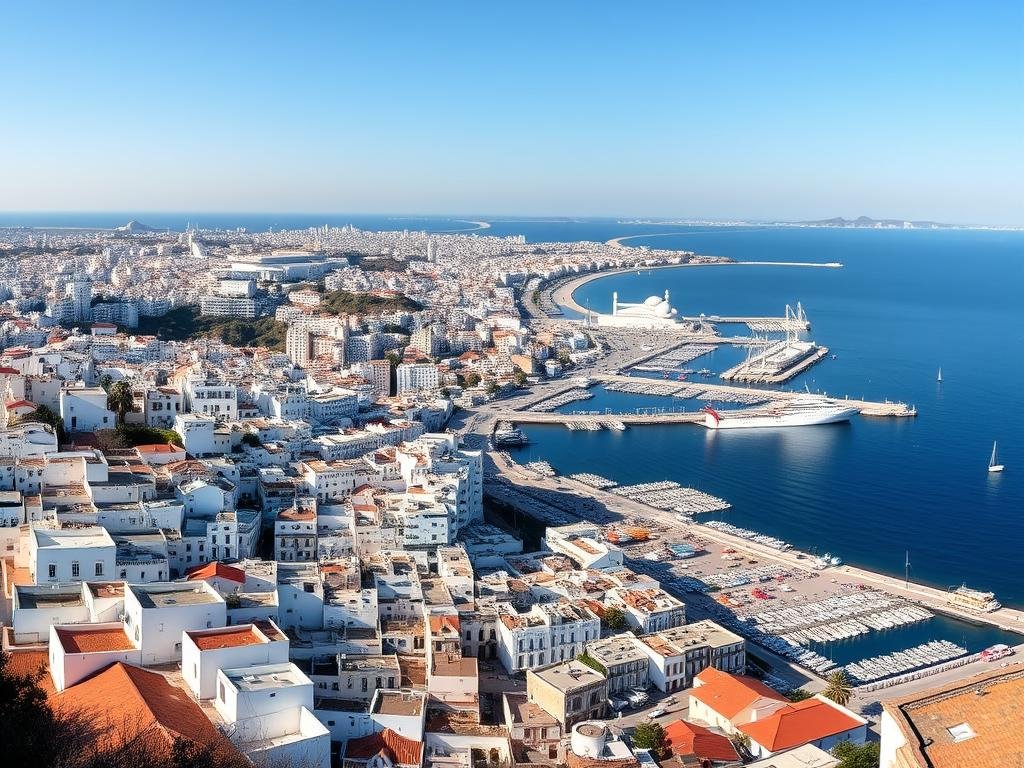
Perched at Africa’s northernmost tip where the Mediterranean meets the Atlantic, Tangier has long been a crossroads of civilizations. Once an international zone that attracted artists, writers, and spies, the city has undergone significant revitalization to become one of Morocco’s most dynamic destinations.
Explore the medina and Kasbah with their mix of Moroccan and European influences, visit the American Legation (the first American public property outside the United States), or sip mint tea at Café Hafa overlooking the Strait of Gibraltar with Spain visible on the horizon. The surrounding region offers beautiful beaches, the Caves of Hercules with their Africa-shaped opening to the sea, and the charming blue and white mountain village of Asilah just a short drive away.
Budget Tip: Tangier makes an excellent entry or exit point for Morocco if combining your trip with Spain. Fast ferries connect the city with Tarifa in southern Spain in just one hour, often at competitive prices.
Affordable Morocco Tours: Experience More for Less
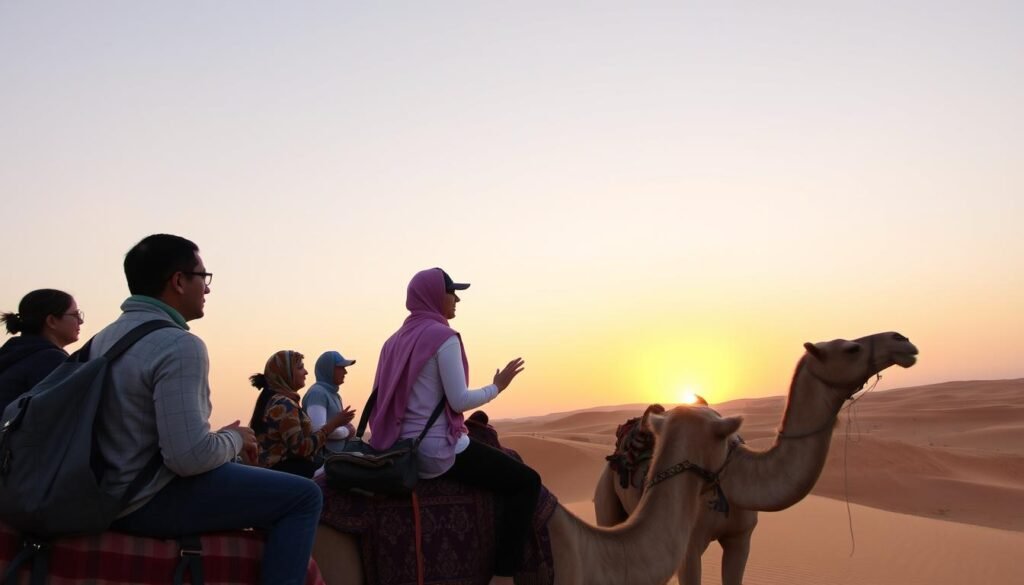
Exploring Morocco with a knowledgeable guide enhances your experience while often saving time and frustration. Fortunately, the country offers excellent tour options for every budget. Here are some of the best affordable tours that provide authentic experiences without breaking the bank:
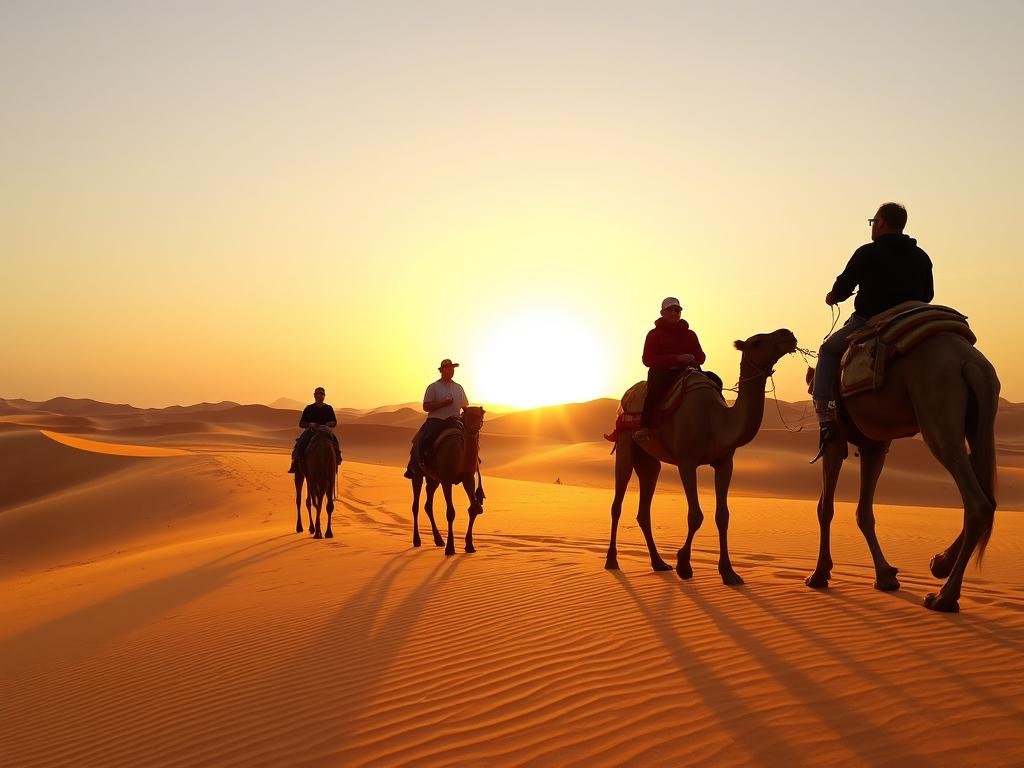
3-Day Sahara Desert Tour from Marrakech
This popular tour packs Morocco’s highlights into three action-packed days. You’ll cross the High Atlas Mountains via the spectacular Tizi n’Tichka pass, visit Aït Ben Haddou and Ouarzazate, and experience a camel trek and overnight stay in a desert camp under the stars.
Price Range: $80-150 per person (depending on group size and accommodation quality)
What’s Included: Transportation, guide, accommodations, camel trek, some meals
Why It’s Worth It: This tour efficiently connects multiple must-see destinations that would be logistically challenging to visit independently, especially without a car.
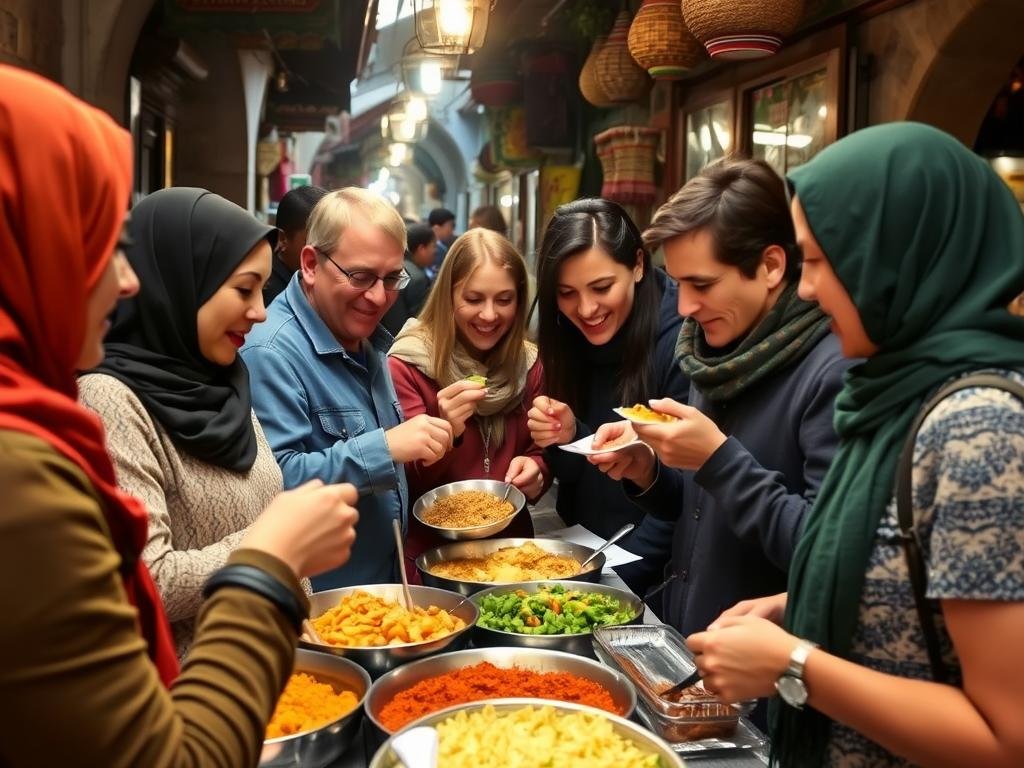
Marrakech Food Tour
Discover Moroccan cuisine beyond the tourist restaurants with this guided culinary adventure through Marrakech’s medina. Sample everything from street food to traditional home cooking while learning about the cultural significance of Moroccan gastronomy.
Price Range: $45-65 per person
What’s Included: Expert food guide, all food tastings (equivalent to a full meal), bottled water
Why It’s Worth It: Food tours provide access to authentic local eateries you might not find or feel comfortable trying on your own, plus cultural context that enhances your understanding of Moroccan cuisine.
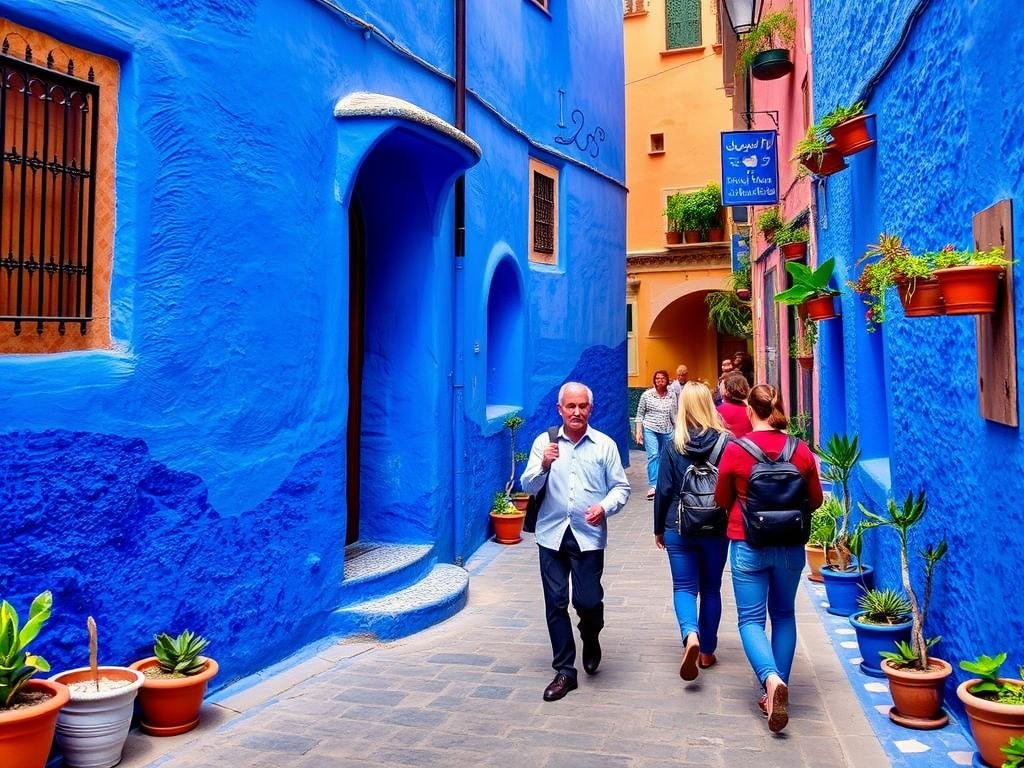
Day Trip to Chefchaouen from Fes
Visit the famous “Blue Pearl” of Morocco on this full-day excursion from Fes. You’ll have several hours to explore Chefchaouen’s picturesque blue-washed medina with a knowledgeable guide before returning to Fes in the evening.
Price Range: $40-60 per person
What’s Included: Round-trip transportation, guide services, free time for independent exploration
Why It’s Worth It: While Chefchaouen deserves an overnight stay if possible, this tour offers an efficient way to experience its unique charm if your time is limited.
Pro Tip: For the best value, book tours directly through local operators once you arrive in Morocco. However, if traveling during high season (spring and fall), booking key experiences in advance ensures availability and often comes with free cancellation options.
5 Unique Marrakech Airbnb Stays for Every Budget
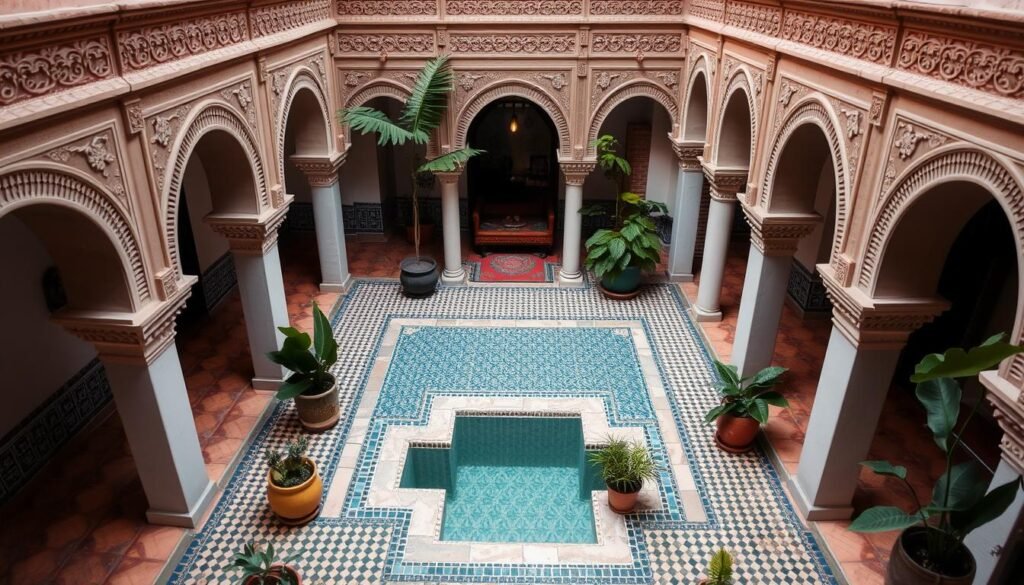
Marrakech offers extraordinary accommodation options that become an integral part of your Moroccan experience. From traditional riads with interior courtyards to modern apartments and luxury villas, Airbnb provides authentic stays at every price point. Here are five standout options that showcase the best of Marrakech hospitality:

Budget Gem: Private Room in Traditional Riad
Experience authentic riad living without the luxury price tag. This charming private room in a family-run riad offers traditional Moroccan decor, access to a peaceful courtyard, and a rooftop terrace with medina views. The welcoming hosts provide breakfast and valuable local advice.
Price Range: $25-40 per night
Location: Northern Medina (15-minute walk to Jemaa el-Fna)
Perfect For: Solo travelers and couples seeking authentic experiences on a budget
Amenities: Breakfast included, Wi-Fi, rooftop access, shared bathroom
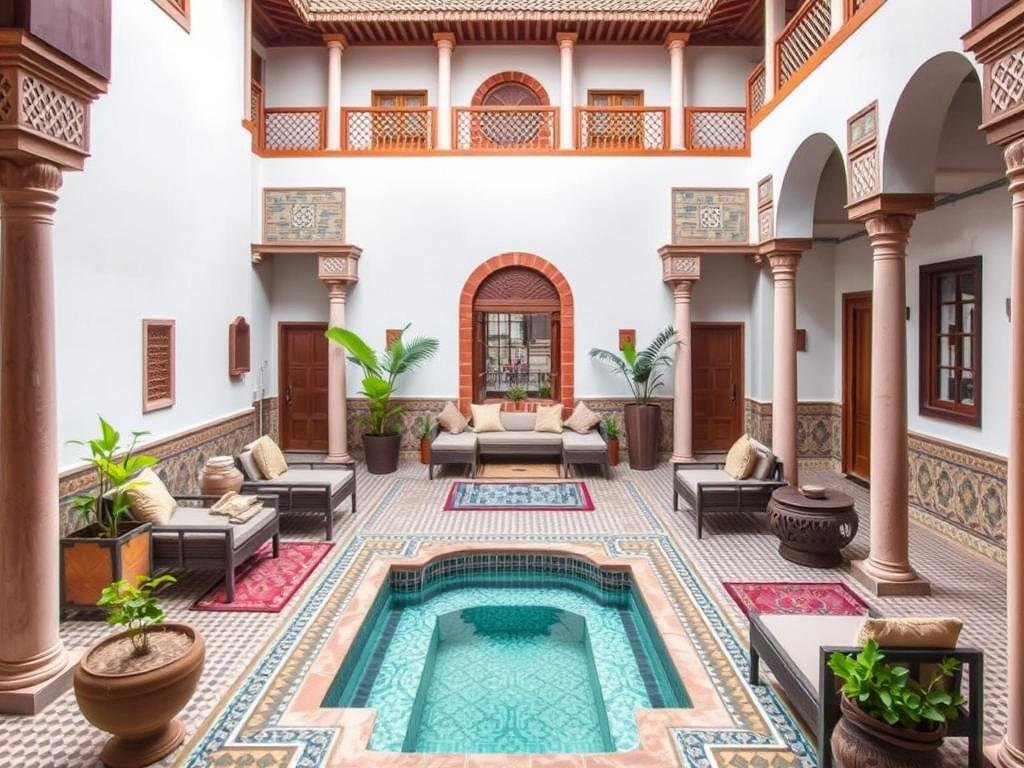
Mid-Range Delight: Entire Riad for Exclusive Use
Enjoy the luxury of having an entire traditional riad to yourself at a surprisingly affordable price. This beautifully restored three-bedroom property features a central courtyard with plunge pool, rooftop terrace, and stylish Moroccan decor throughout. A housekeeper prepares breakfast daily and can arrange additional meals.
Price Range: $80-120 per night
Location: Kasbah area (historic royal district)
Perfect For: Families and small groups wanting privacy and authentic atmosphere
Amenities: Entire house, daily breakfast, plunge pool, Wi-Fi, airport transfers available
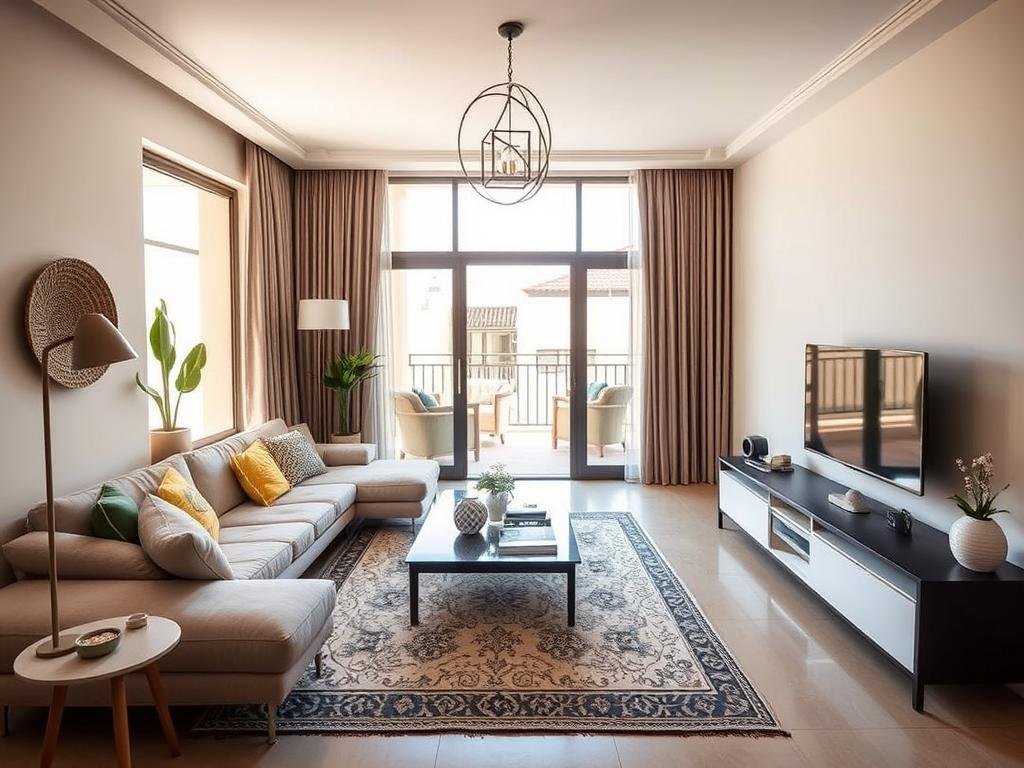
Contemporary Comfort: Stylish Gueliz Apartment
For those who prefer modern conveniences, this sleek apartment in Marrakech’s new city offers a contemporary alternative to medina accommodations. Located in the fashionable Gueliz district, you’ll enjoy proximity to modern restaurants, shopping, and nightlife while still being just a short taxi ride from historic attractions.
Price Range: $50-70 per night
Location: Gueliz (new city district)
Perfect For: Travelers who want modern amenities and a less touristy neighborhood
Amenities: Full kitchen, air conditioning, elevator, Wi-Fi, washing machine
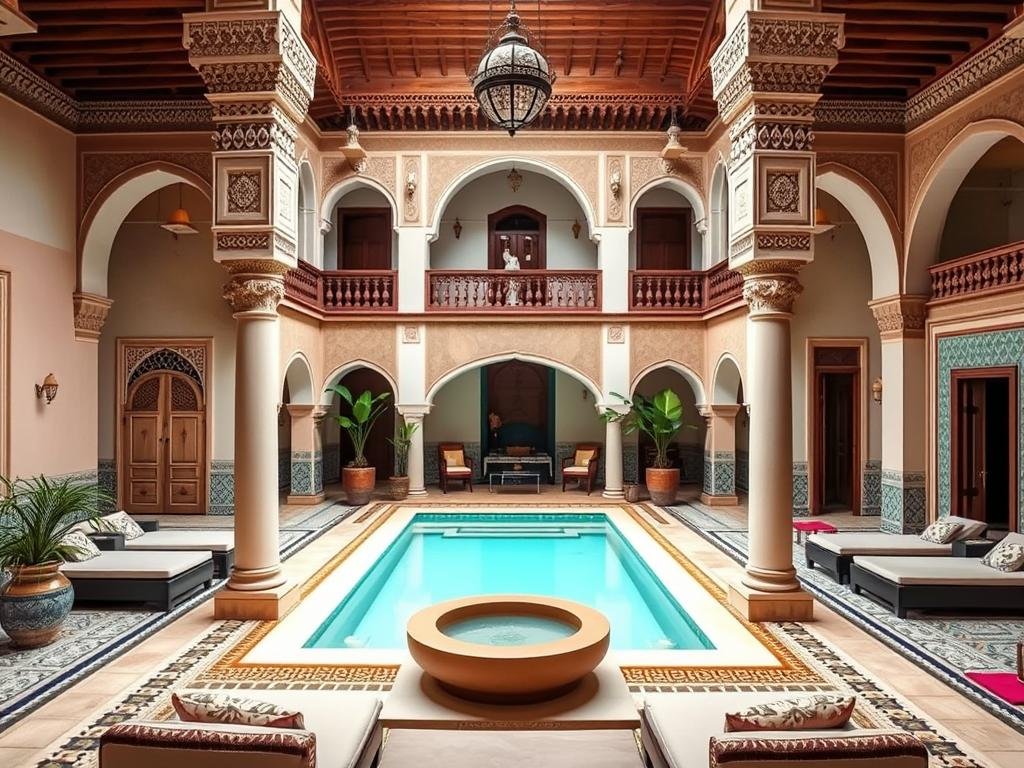
Luxury Indulgence: Designer Riad with Pool
Experience the height of Moroccan luxury in this exquisitely restored riad featuring museum-quality craftsmanship. The property boasts a refreshing courtyard pool, multiple lounging areas, and a staff including a private cook and concierge. Each bedroom is uniquely designed with sumptuous textiles and artisan details.
Price Range: $200-350 per night
Location: Central Medina (prime location)
Perfect For: Special occasions and travelers seeking an exceptional experience
Amenities: Private pool, daily housekeeping, breakfast and dinner available, concierge service, airport transfers
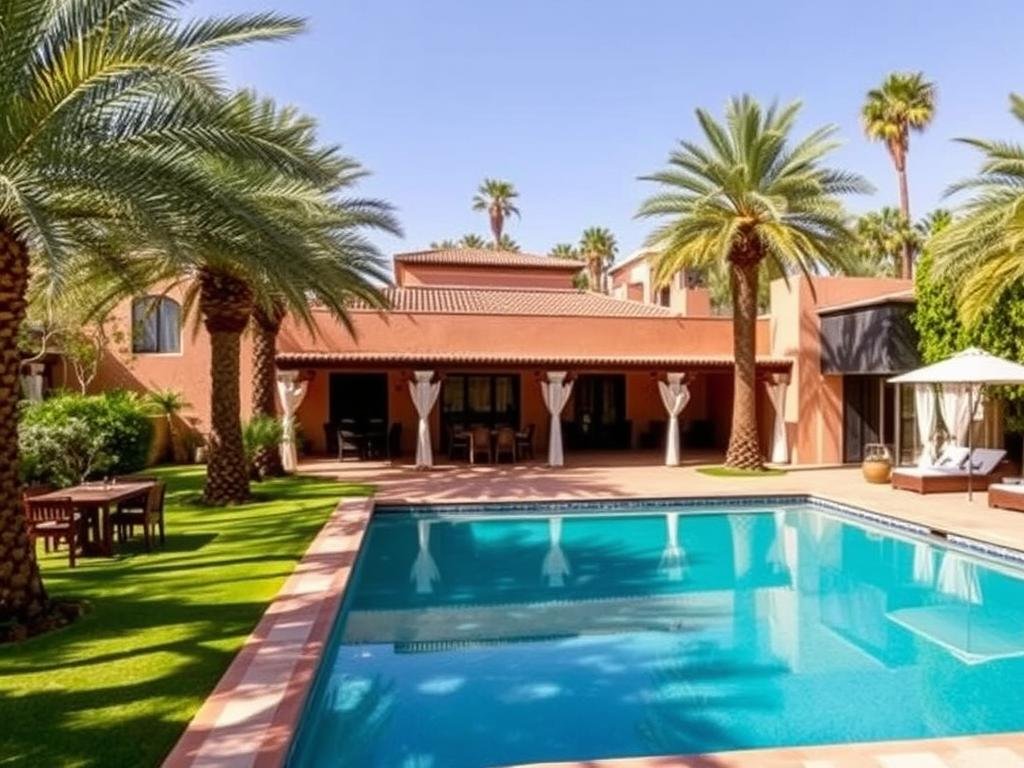
Family Paradise: Palmeraie Villa with Garden
Escape the medina’s intensity at this spacious villa in Marrakech’s palm grove oasis. Set in a tranquil garden with private pool, this family-friendly property offers the perfect balance of authentic Moroccan style and modern comforts. The Palmeraie location provides a peaceful retreat while remaining just 15 minutes from city attractions.
Price Range: $150-200 per night
Location: Palmeraie (palm grove district)
Perfect For: Families and groups seeking space and tranquility
Amenities: Private pool, garden, fully equipped kitchen, air conditioning, free parking
Booking Tip: When choosing a riad in the medina, look for properties that offer airport pickup service. Navigating the medina’s maze-like streets can be challenging for first-time visitors, especially with luggage.
How to Explore Morocco on a Budget
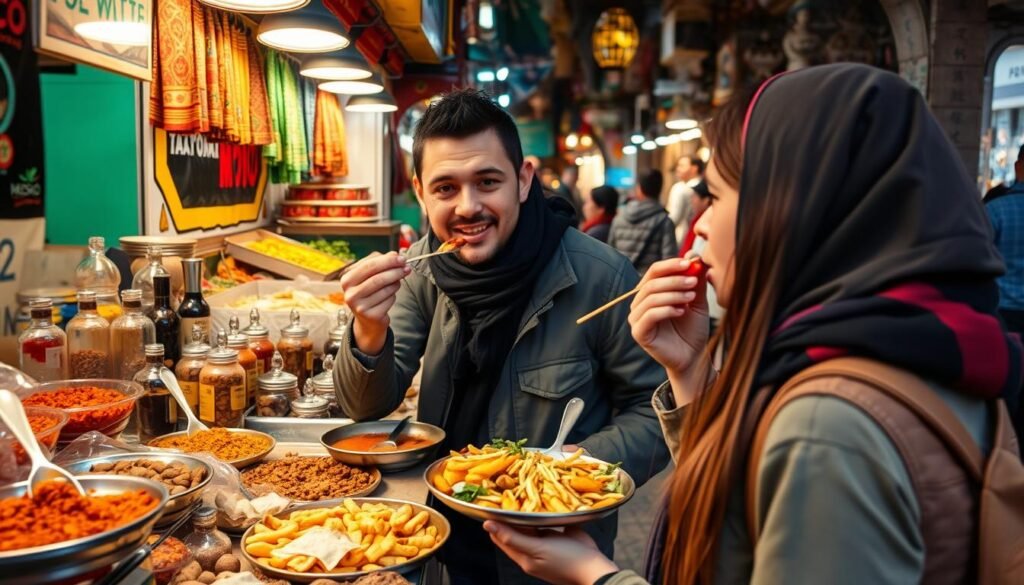
Morocco offers exceptional value compared to many popular destinations, but smart planning can stretch your budget even further. Here are practical tips for experiencing the best of Morocco without breaking the bank:
Transportation Savings
- Use Morocco’s excellent train network for intercity travel—comfortable, affordable, and reliable.
- For destinations not served by train, CTM and Supratours buses offer safe, comfortable options.
- Within cities, use petit taxis with meters (insist they turn them on) or negotiate fares in advance.
- Consider shared grand taxis for shorter intercity routes—they’re faster than buses and reasonably priced when costs are split.
Accommodation Strategies
- Travel during shoulder seasons (April-May, September-October) for lower accommodation rates.
- Stay in family-run riads and guesthouses rather than international hotel chains.
- Book accommodations slightly outside the main tourist areas for better rates.
- Consider hostels with private rooms—they often offer riad-like atmospheres at budget prices.
Food & Dining
- Eat where locals eat—follow workers at lunchtime to find authentic, affordable restaurants.
- Try street food from busy stalls with high turnover (grilled meats, sandwiches, harira soup).
- Visit local markets and pick up fresh fruits, nuts, and bread for picnic meals.
- Many riads include breakfast, and a substantial morning meal can keep you going until dinner.
Sightseeing & Activities
- Purchase a combination ticket when visiting multiple monuments in the same city.
- Many major attractions have free or discounted entry days—research before your visit.
- Balance paid activities with free experiences like wandering medinas, visiting local markets, and hiking.
- Form a small group to share costs for desert excursions and guided tours.
Money-Saving Tip: Learn basic haggling skills for shopping in souks. Start by offering about 40% of the initial asking price and work toward a middle ground. Always negotiate with a smile and be prepared to walk away—it’s often the most effective tactic!
Cultural Tips for Respectful Travel in Morocco
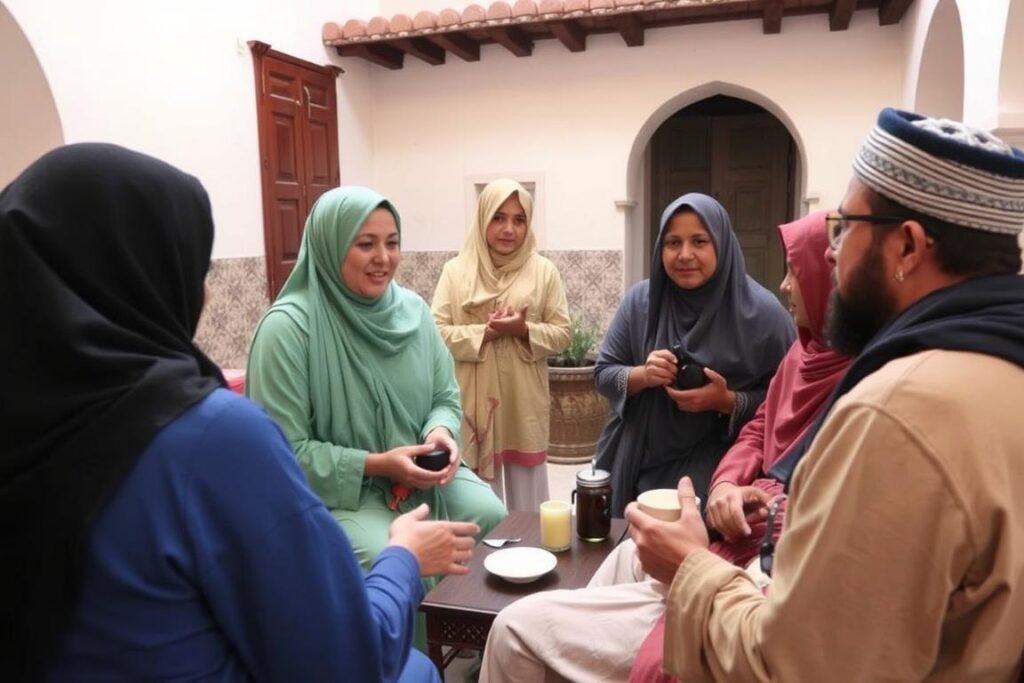
Morocco warmly welcomes visitors, but understanding and respecting local customs enhances your experience while showing consideration for the culture. Here are essential cultural tips for traveling respectfully in Morocco:
Dress Appropriately
- Dress modestly, especially in medinas and rural areas. For women, covering shoulders and knees is respectful; for men, avoiding shorts in non-beach areas is appreciated.
- In major cities like Marrakech, standards are more relaxed in tourist areas, but modest dress is still appreciated.
- Bring a light scarf for women to cover hair when visiting religious sites.
Religious Respect
- Most mosques in Morocco are closed to non-Muslims, with Hassan II Mosque in Casablanca being a notable exception.
- Respect prayer times and be aware that some shops may close briefly during prayers.
- During Ramadan, avoid eating, drinking, or smoking in public during daylight hours out of respect for those fasting.
Photography Etiquette
- Always ask permission before photographing people, especially in rural areas.
- Some people may request a small tip for photos, which is customary in tourist areas.
- Avoid photographing government buildings, police, or military installations.
Social Interactions
- Learn a few basic Arabic or French phrases—even simple greetings are greatly appreciated.
- If invited into a home, remove shoes before entering and bring a small gift like pastries or fruit.
- Use your right hand for eating, accepting items, or shaking hands, as the left hand is traditionally considered unclean.
Cultural Insight: Moroccan hospitality is legendary. If offered mint tea (often called “Moroccan whiskey”), accepting is a sign of friendship. The tea ceremony is an important cultural ritual, with the height from which the tea is poured indicating the level of respect for guests.
Ready to Explore Morocco? Book Your Dream Trip Today!

From the vibrant medinas of Marrakech and Fes to the serene blue streets of Chefchaouen, the towering dunes of the Sahara to the dramatic landscapes of the Atlas Mountains, Morocco offers a diversity of experiences that few destinations can match. Whether you’re seeking cultural immersion, architectural wonders, natural beauty, or culinary adventures, the 10 best places to visit in Morocco deliver unforgettable memories without depleting your travel budget.
With affordable tour options that provide authentic insights and unique Airbnb stays that become destinations in themselves, Morocco welcomes travelers of all budgets and interests. The country’s blend of ancient traditions and modern hospitality creates a journey that will stay with you long after you return home.
Begin Your Moroccan Adventure
Transform these travel inspirations into reality by booking your Moroccan journey today. Whether you’re drawn to desert adventures, cultural exploration, or relaxing in a traditional riad, Morocco awaits with open arms.
Final Tip: Morocco rewards the curious traveler. While planning is essential, leave room in your itinerary for spontaneous discoveries—the hidden cafe with panoramic views, the artisan workshop down an unmarked alley, or the local festival that brings a town to life. These unplanned moments often become the highlights of your Moroccan adventure.
